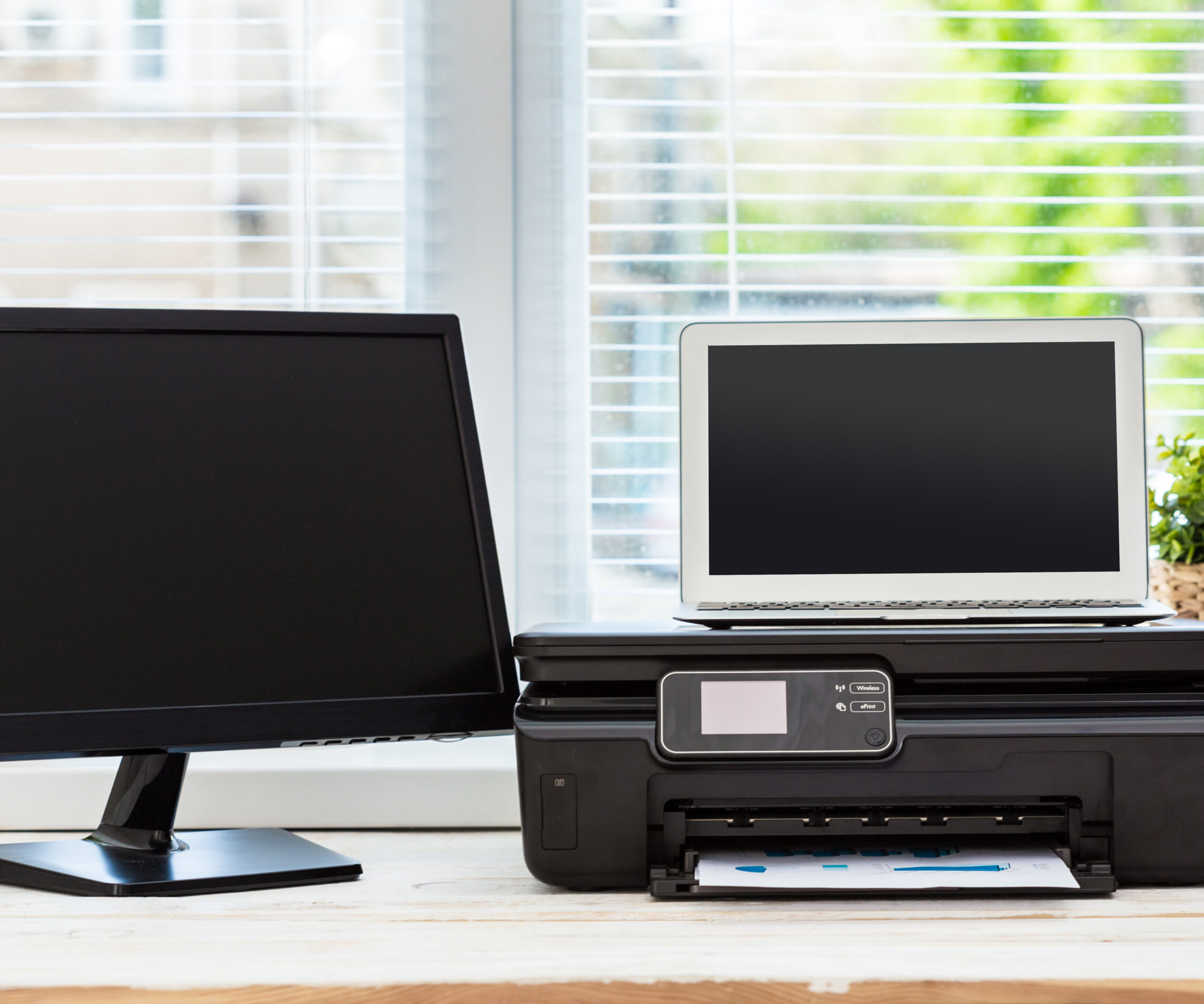Laser printers have components inside that is crucial for the laser printer to work as a laser printer. Let’s take a look at them.
Primary corona/ charge roller
This is also know as primary charge roller in much newer printers, is located close to the photosensitive drum in a proximity that never touches the drum. When the primary corona or primary charge roller is charged with high voltage, an electrical field is created, or a corona, which enables the voltage to pass to the drum and the photosensitive particles on the surface are charged. There is a grid, known as the primary grid, regulates the transfer voltage, ensure that the surface of the drum receives an uniform negative voltage between ~600 and ~1000 volts.
Laser
The laser is the one that act as the writing mechanism of the printer. Particles on the drum becomes conductive the moment laser is struck on it and the excessive or any charge is then drained by the grounded core of the drum. The whole surface of the drum has an uniform negative charge that is between ~600 and ~ 1000 volts. With the help of the laser, the image is written on the drum. But the laser writes positive image to the drum.
Toner
Laser printer toners are made up of fine plastic particles bonded to pigment particles. Pigments are basically are a kind of material that change the color of something. The more the certain type of pigments are there, the more that kind of color, which the pigments have, will be reflected. A toner cylinder inflict charge between ~200 to ~500 volts.
Since the charge is between the original uniform negative charge, ~600 to ~1000 volts and the drum’s surface particle is charged by the hit of the laser which is ~100 volts, particles of the toner are then attracted to the areas of the photosenstive drum. The areas that have relatively positive charge with the reference to the toner particles. The black toner is used in a laser printers is typically carbon mixed into the polyester resin, while the color toners trades carbon for other pigments.
Transfer corona/ Transfer Roller
Now to transfer the image from the photosenstive drum on to the paper, the paper must have proper charge that will attract the toner particles into the paper, right off the drum. In an older printer, this is done by the transfer corona, a thin wire, applies a positive charge to the paper, which then draws the negatively charge toner particles to the paper.
In a newer printer, this is accomplished the same way but with a transfer roller that draws the negatively charged particles on to the paper. The paper then, with its positive charge, is equally attracted to the negatively charged drum. This could stick the paper on to the drum, therefore, a static charge is discharged that removed the charge from the paper by the static charge eliminator.
In most of the laser printers, specifically in large and commercial-grade printers, the transfer roller/ corona is outside of the toner cartridge. One of the thing that, these transfer roller/corona is susceptible to gather up dirt, toner, and random debris over time via the electrostatic attraction, which requires cleaning. Thing is, this is also quite fragile and finer than a thin human hair. Printers with an exposed transfer corona/ roller come in with special kind of tool as cleaner. You can also use a cotton swab soaked inside denatured alcohol but DO NOT use rubbing alcohol since they contain emollients. But very first thing, never ever service any printer without turning it off and must unplug it from its power source. Also read the manuals for any special kind of care the transfer roller or the printer in general needs.

